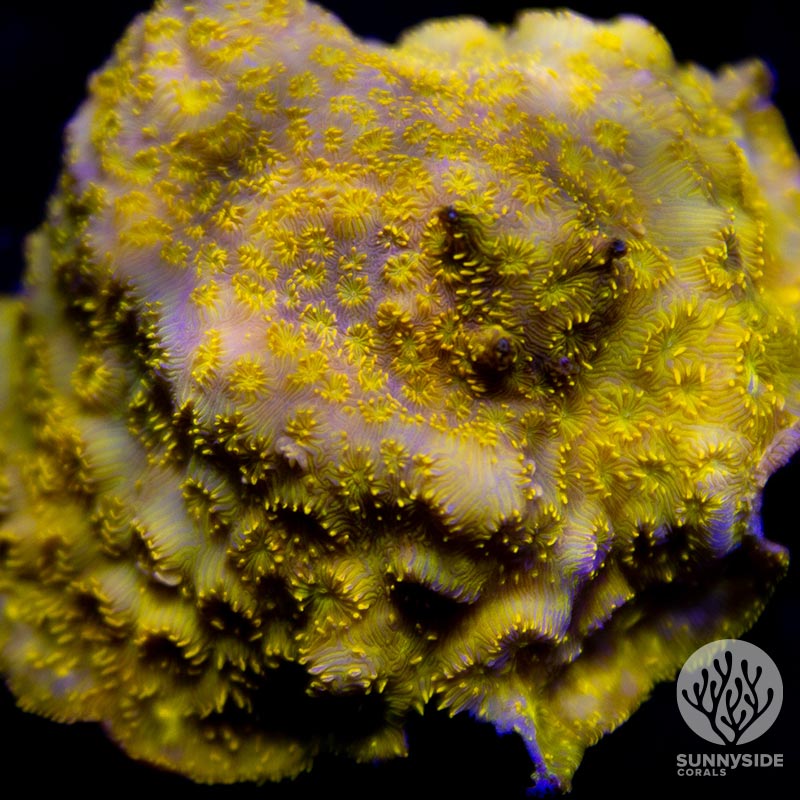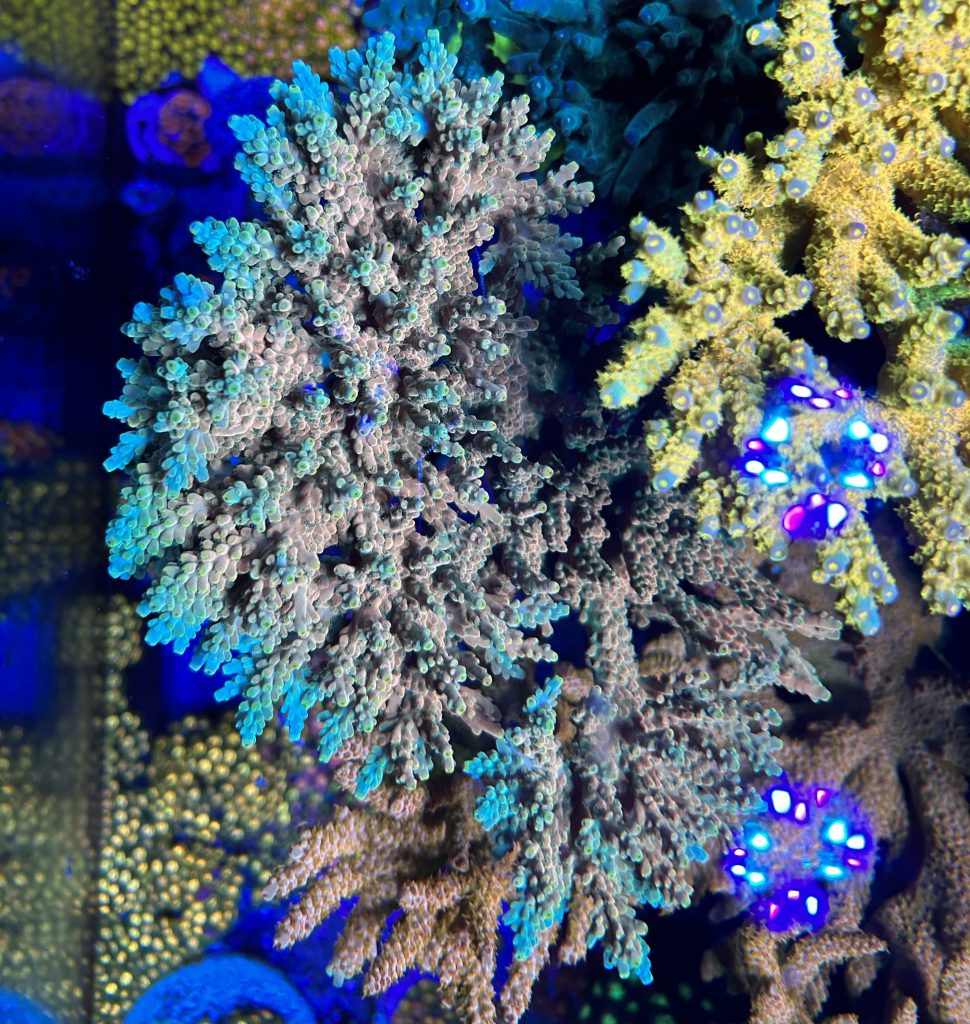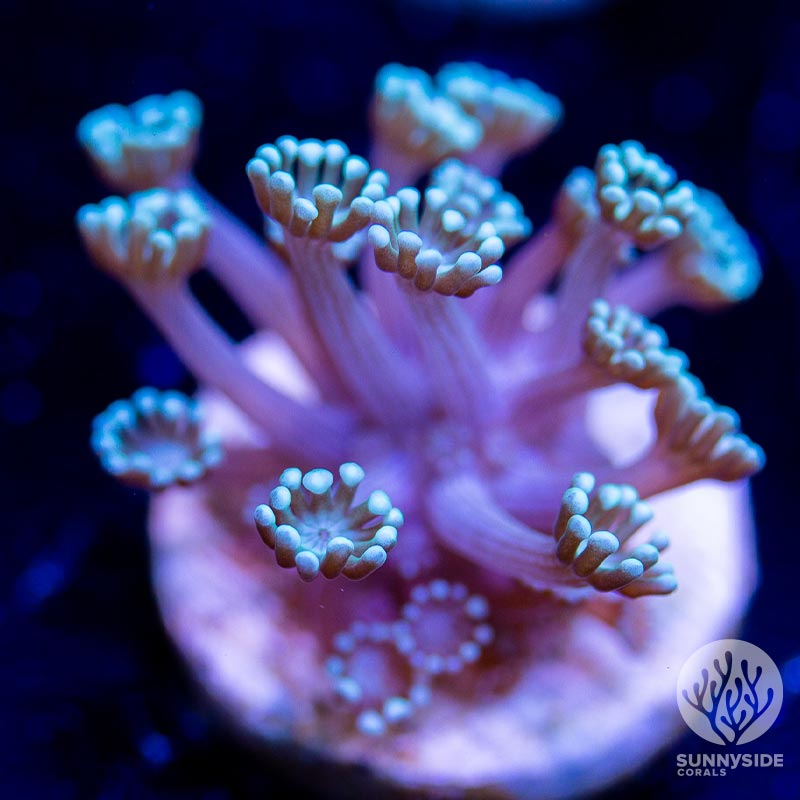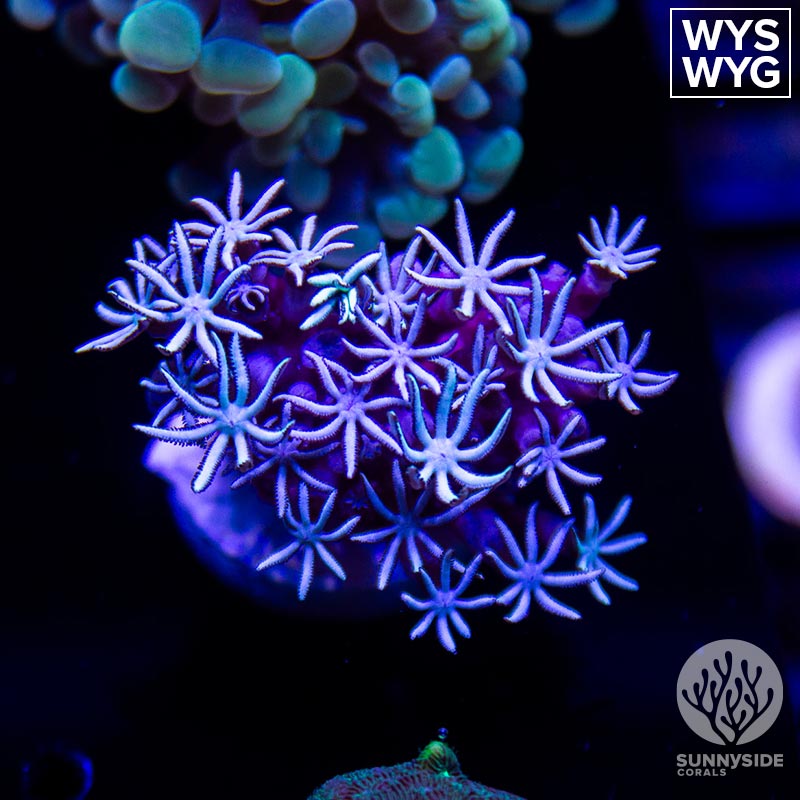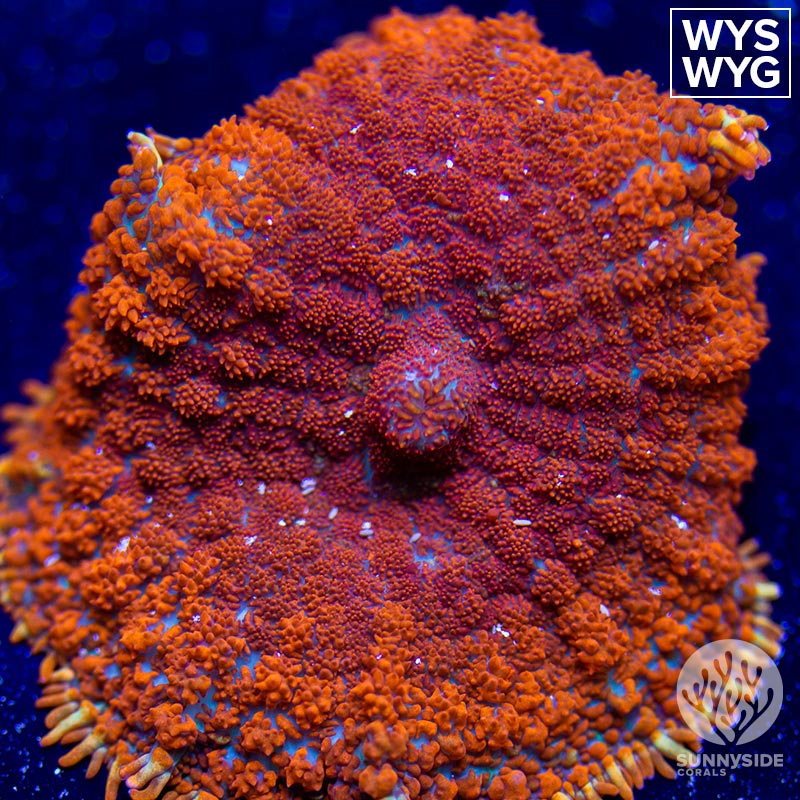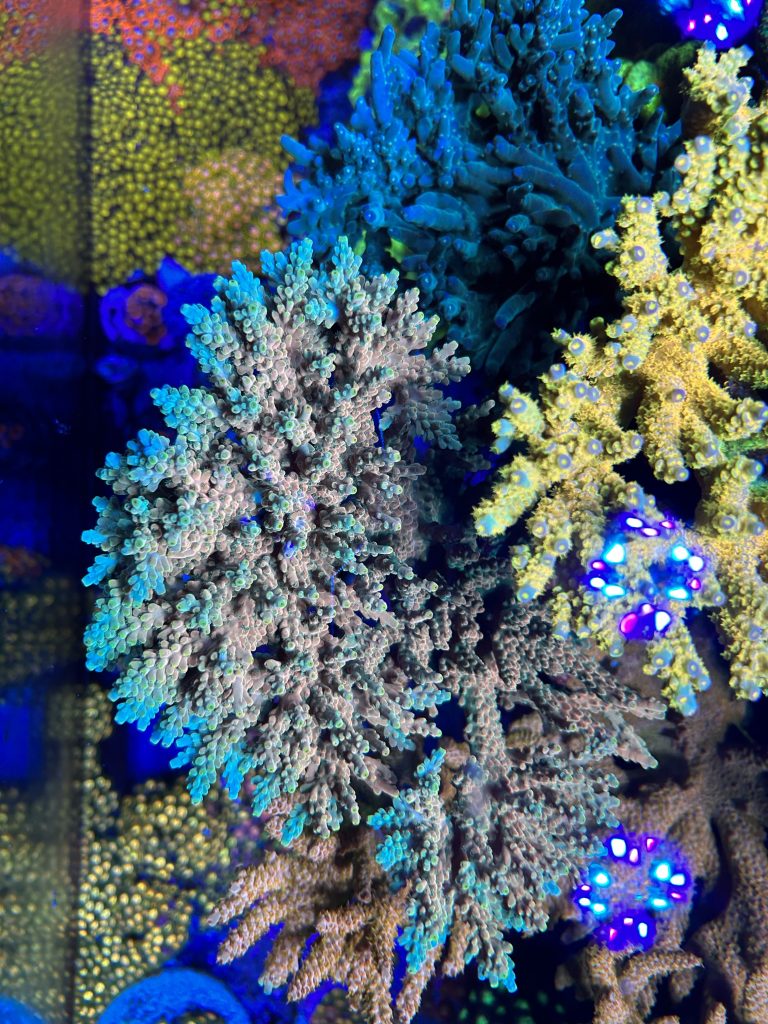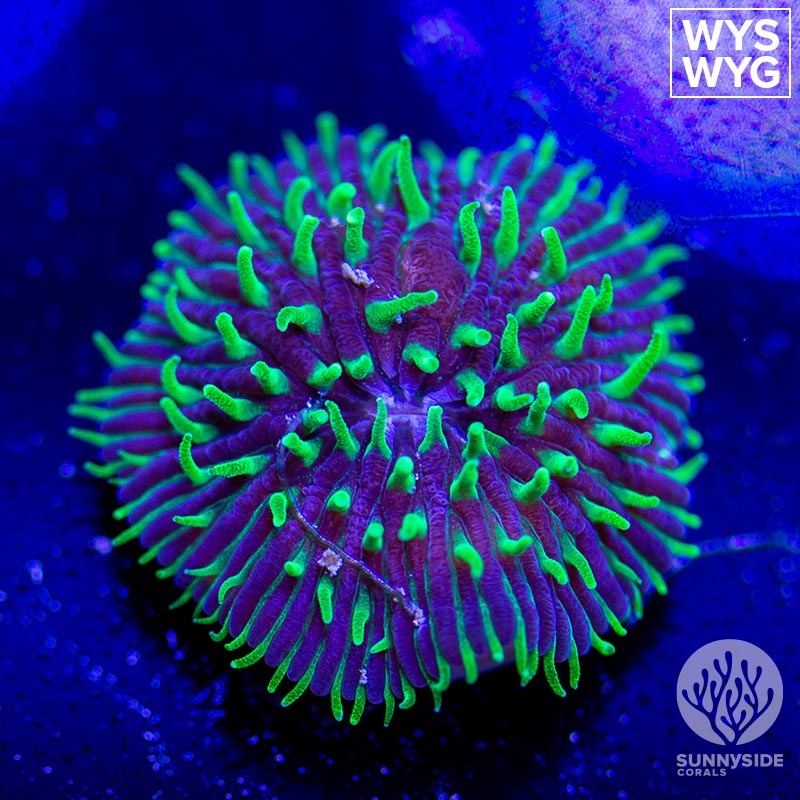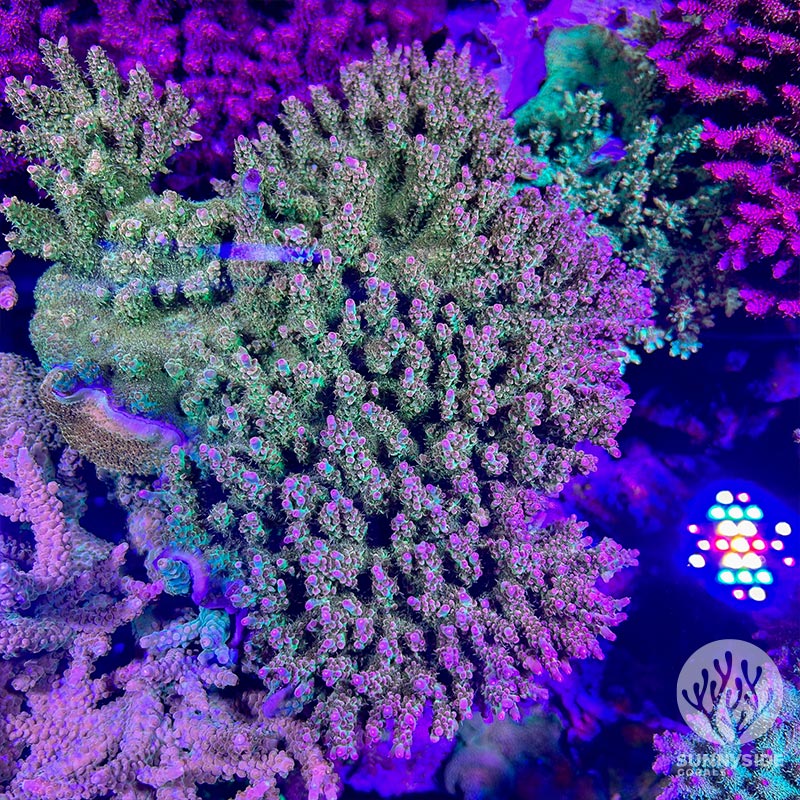- All
- beginner
- coral care
- soft
Pavona Coral Care: Tips for Keeping Your Coral Healthy
Pavona coral is a type of small polyp stony (SPS) coral that is widely available and easy to care for, making it a great choice for beginners looking to add SPS corals to their reef aquarium. Pavona coral can grow by encrusting, branching, and plating, and its polyps are seated in deeply embedded corallites, which […]
Two Little Fishies Kalkwasser: The Ultimate Reef Supplement?
Are you a reef hobbyist looking for a reliable calcium supplement to maintain your tank’s alkalinity and pH levels? We’ve been testing out Two Little Fishies’ Kalkwasser, and we’re impressed with the results. Our Acropora growth has exploded since starting to dose this Kalkwasser. It’s been a game-changer for maintaining the delicate balance of our […]
Alveopora Coral Care
Alveopora is a genus of colonial stony corals that are found in the Indo-Pacific region. They are often found on reef slopes in turbid water, and are generally uncommon. These corals have a beautiful flower-like appearance and are a popular addition to reef aquariums. Alveopora coral care is not as difficult as some other LPS […]
Clove Polyps: Characteristics, Care, and Propagation
Clove polyps, scientifically known as Clavularia spp., are an attractive and popular choice for reef aquarium hobbyists. These soft corals come in a variety of colors, including green, pink, and purple, and add a unique texture to any reef tank. They are relatively easy to care for and are a great option for both beginner […]
Rhodactis Mushroom: Characteristics, Care, and Maintenance
Rhodactis mushroom is a popular and diverse corallimorph species in the reef aquarium hobby. These mushrooms are known for their unique and colorful appearance, making them a favorite among aquarists. Rhodactis mushrooms are easy to care for and can be a great addition to any reef tank. Rhodactis mushrooms are found in the Indo-Pacific region, […]
UV Sterilizer for Reef Tanks: Benefits and Usage
UV sterilizers are a popular choice for reef tank enthusiasts who want to keep their aquatic ecosystem healthy and thriving. These devices emit ultraviolet light rays that can effectively damage the DNA of harmful bacteria, parasites, and algae, reducing their proliferation in the aquarium. UV sterilizers can also be an excellent way to clear up […]
Plate Coral: Characteristics and Care
Salt water plate coral is a stunning addition to any saltwater aquarium. These corals belong to the Fungiidae family and are commonly referred to as “plate corals”. They are known for their unique and beautiful appearance, which resembles a flat disc or plate. Plate corals are relatively easy to care for, making them a popular […]
Filter Media for Saltwater Tank: Choosing the Best Options for Your Aquarium
Filter media is an essential component of any saltwater tank setup. It helps to remove impurities, toxins, and other harmful substances from the water, ensuring a healthy and safe environment for marine life. Filter media comes in various forms, each designed to serve a specific purpose in maintaining water quality. Biological filter media, for instance, […]
Cyphastrea Coral Care: A Comprehensive Guide
Cyphastrea coral is a popular choice among reef hobbyists for its colorful and hardy nature. This coral is a species of small polyp stony coral (SPS) that is native to the Indo-Pacific region. Cyphastrea coral is a good choice for beginners as it is easy to care for and adapts well to a variety of […]
